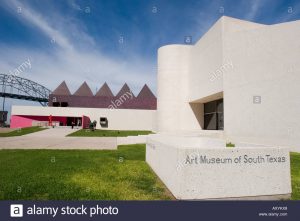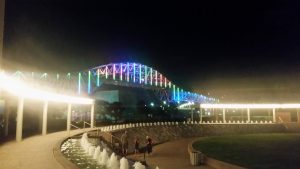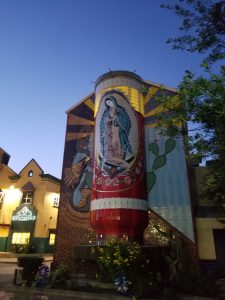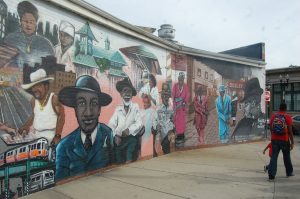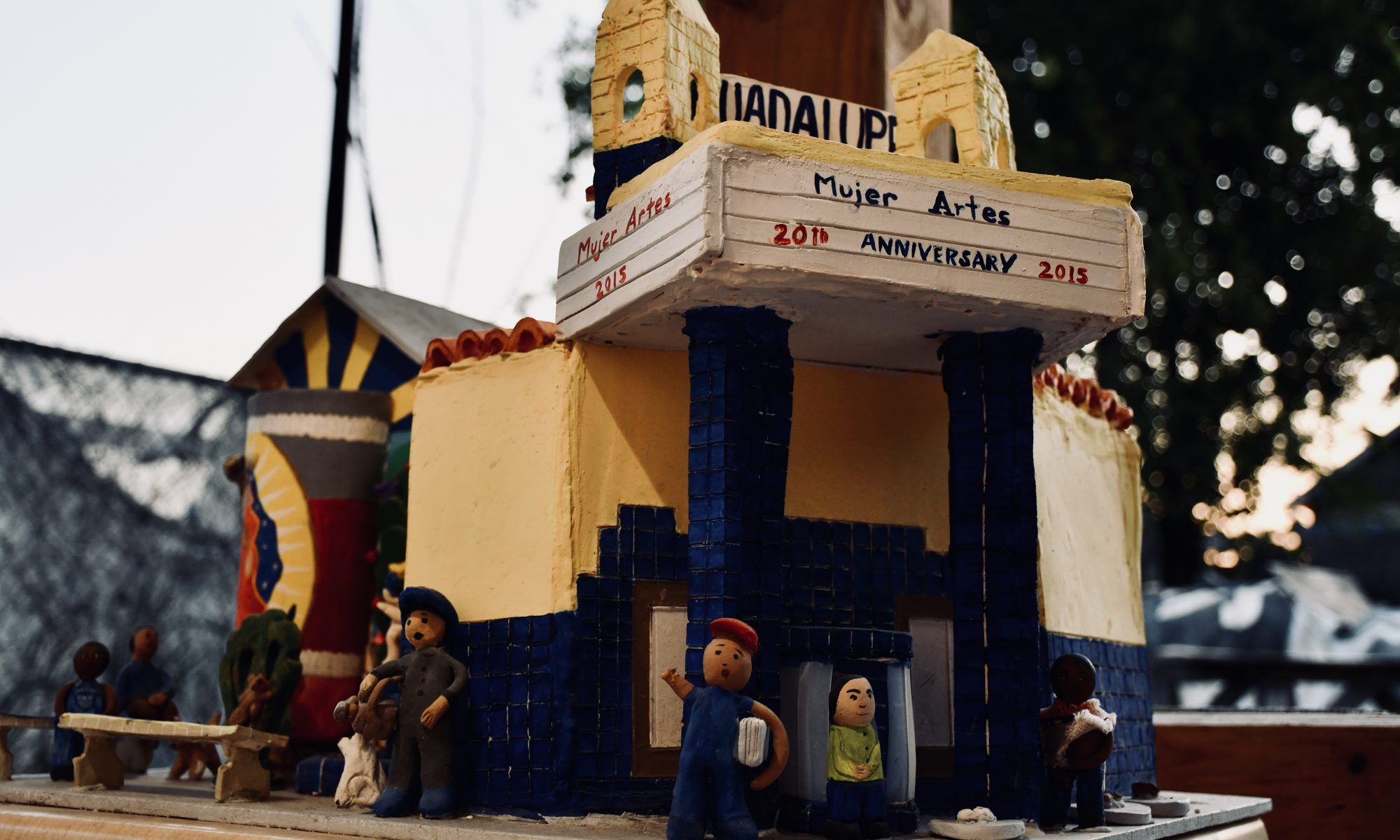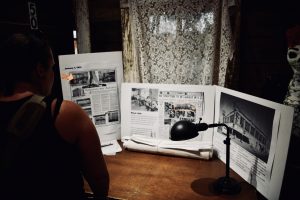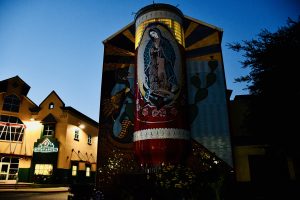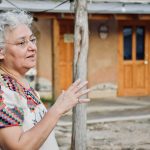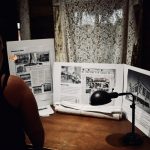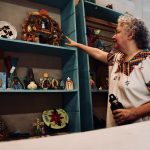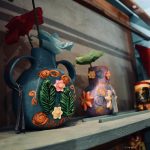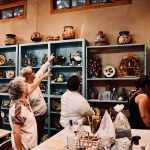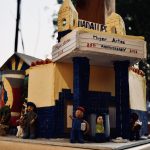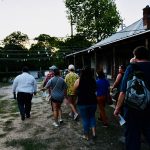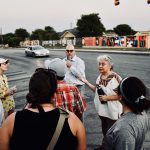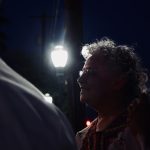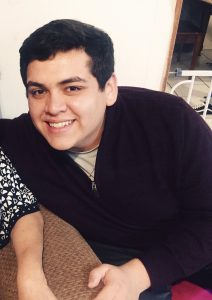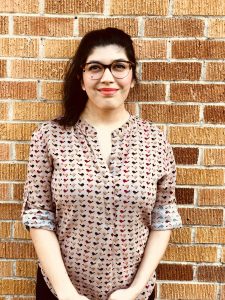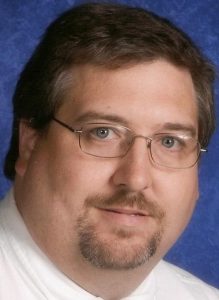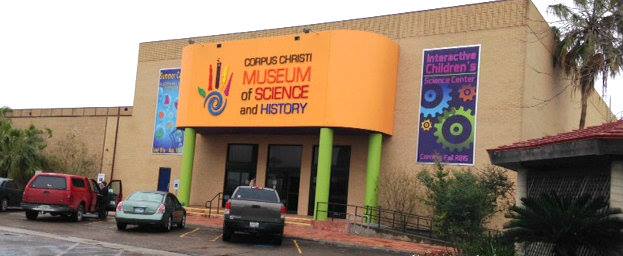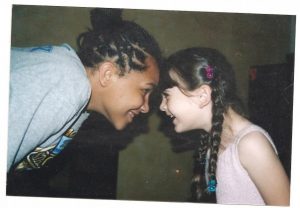When you think about public history, you may not immediately think about sexual harassment being of significance in a profession seen by some as filled with the nerds of high schools past. In reality, though, I guess it’s ignorant to assume it doesn’t exist to some degree. In probably what was somewhat of a reality check, this became very apparent to me in coming across a blog by Professor Mary Rizzo. In it, Professor Rizzo speaks mostly of personal experiences regarding sexual discrimination aimed toward her as a public historian, but also dives deeper in defining not just harassment of a sexual nature but also brings to light classifications of harassment becoming more commonplace for men, women, LGBQ, as well as gender non-binary.
In her blog, Professor Rizzo pinpoints five areas of public history where bias is most prevalent and describes how each of these areas is basically a window of opportunity for sexual harassment and discrimination. As I read through these, I began placing myself in each of these situations and trying to rationalize a way that it wouldn’t be possible. As a man, I guess I felt a need not to believe that such discrimination was possible. In reality, though, every single example Mary Rizzo gave was a perfect segue for opportunity of such behavior. In reading this blog, it gave me a sense of embarrassment, both because of my feeling that I had to defend such actions but also due to the thought that I’d be so delusional. For the majority of this blog, I honestly found myself weaving in and out of emotion. To her credit, almost immediately after opening her blog in describing the discrimination she personally has felt, Professor Rizzo gave credit to the National Council of Public History (NCPH) and the work that is being done through their diversity and inclusion task force (DITF) in combating these behaviors.
Following this short acknowledgment in favor of the actions taken by the NCPH, professor Rizzo does return in giving statistical information regarding women who have experienced discrimination in the workplace via a Marist poll. For most, this may not be of any particular significance, though in my case It was. As an undergrad, I worked from time to time with Marist polls. It is for this reason; it seemed a bit off-putting that Professor Rizzo would reference this poll, because statistically Marist polls lean more right than left, but were being used in an argument which seems to lean more left than right. In addition to this, notice was taken to the fact that in using this poll professor Rizzo gave a little more attention to the statistics concerning women rather than applying this same attention to other genders with the same emotion. To a certain degree, in not giving statistical data for different sexes who may have experienced similar issues, it felt as if her first acknowledgment toward other genders was merely a reassurance that she remain fair in an article concerning inequality. Now, allow me to say here that in devoting time to this blog, I have spent time following the work of Professor Rizzo and feel confident in saying this wasn’t the case.
It was important to me in reading a blog of this nature that I get a clear understanding of how it came across to me, for the simple fact that I myself am a father. As the father of two little girls, one nine and the other four, it’s of top priority that I try and protect best I can for my children. In general, I think this is the same for all parents, but for a father, I believe there is more of a primitive, instinctive emotion to want to protect for those within one’s command. I desire that the world be available to my girls in every way possible so that as they grow their dreams are never out of reach, although in speaking from experience I have seen levels of favoritism even among other men. Now, undoubtedly, a woman should never feel as if her job is dependent on a level of sexual favor. Though in a world where we don’t have a major problem with a man taking advantage of another man, or Woman stepping over another, why should we expect there not to be discrimination across the sexes? It is my opinion for there to be a unified change across the board; we need to begin by respecting our own. I find myself conflicted in this thought though.
On the one hand, it brings me comfort to know that steps are being taken so that when the day comes that my girl’s transition into the workforce, such issues will long have been addressed and assumably corrected. Though on the other hand, it’s extremely concerning to think that while we live in a world where so much attention has been allowed to be given to equality and individuality that we are still struggling over the fundamental separation of man and woman. When drilled down to its core, this whole topic is very messy and has the ease to flex in favor of any given person. That in its self may be the problem. As I begin my studies in the field of public history, I look forward to witnessing the evolving changes made in this area. I commend Professor Rizzo for seizing the opportunity in tackling such a topic, though it seems unquestionable that this blog must be followed with more like it before real change will come.
http://ncph.org/history-at-work/sexual-harassment-and-gender-discrimination-in-public-history/

